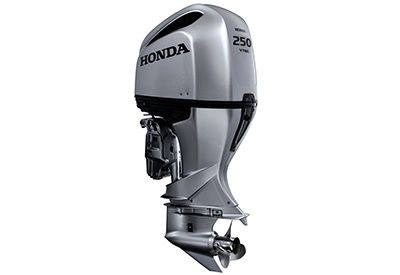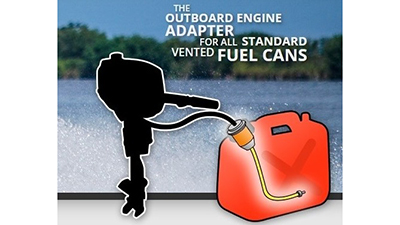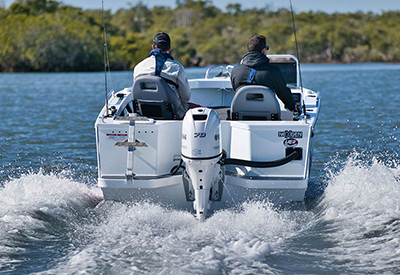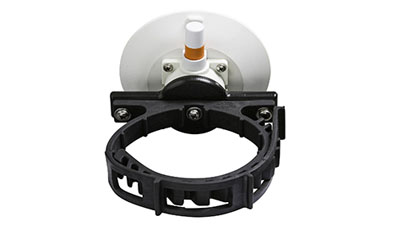Protect Your Boat From Chafing With “No-Wear” Guards
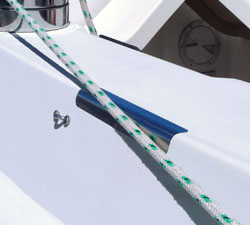
Chafing and rubbing from mooring lines, sheets, halyards and fender ropes can ruin the appearance of your boat and cost a fortune to fix. No-Wear Guard can stop the chafing damage on almost every kind of boat.
No-Wear chafe guards are the first in the world to combine high-quality, flexible marine grade stainless steel with an aircraft-quality adhesive, creating a product that will look great and protect your gel coat, wood or plastic for years to come.
No-Wear chafe guards are designed and manufactured from polished 316 marine-grade stainless steel backed with a very thin layer of high-performance aeronautic adhesive developed by 3M that forms a permanent bond with any non-porous surface. The adhesive remains stable in temperatures from -40ºF to +250ºF (or -40ºC to +122ºC) so it won’t come off, even in the most extreme boating conditions.
No-Wear chafe guard is ultra-thin and highly flexible. At only 0.05mm (or 0.002 in.) it’s half as thick as the average human hair and will conform to almost any surface or contour on your boat, leaving a super-smooth, super-tough surface that resists damage by rubbing ropes.

